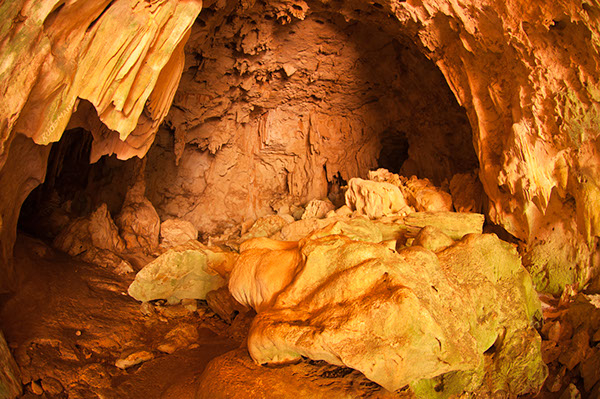Marie-Jeanne Cave

The Marie-Jeanne cave, located in the Marie-Jeanne Mountain in Haiti's southwest region and only 20 minutes from Port-à-Piment, exhibits signs of prehistoric and historical activities, making it an important ethnic landmark in the area. In some of the galleries that house more than 36 chambers known so far across the cave system, archeological signs such as symbols, pictographs, ceramic fragments, and ammonites dating back to the period of the Tainos were discovered. Bone, skulls, and skeletons were among the historical material, all of which came from creatures that had become lost in the cave and died as a result. Other signs found on sections of the cave's limestone and silica walls appear to be recent, since they represent wayfinding information and memories left by generations of explorers and sightseers.
This natural excavation inside the Marie-Jeanne mountain, which stretches for more than 2.5 miles, is home to a diverse fauna. Bats, spiders, beetles, crickets, birds, pseudo-scorpions, and flies are among them. Since the cave's karstic topography encourages the production of underground streams in the lower levels, evidence of aquatic life has also been observed.
Many visitors, archeologists, and speleologists have been awestruck by the view of the speleothems as well as the naturally carved shapes of mollusks, elephants, pelicans, virgins, dresses, or caman visible with artificial light sources in the darkness and dispersed limestones of each chamber.
Location: southwest region



